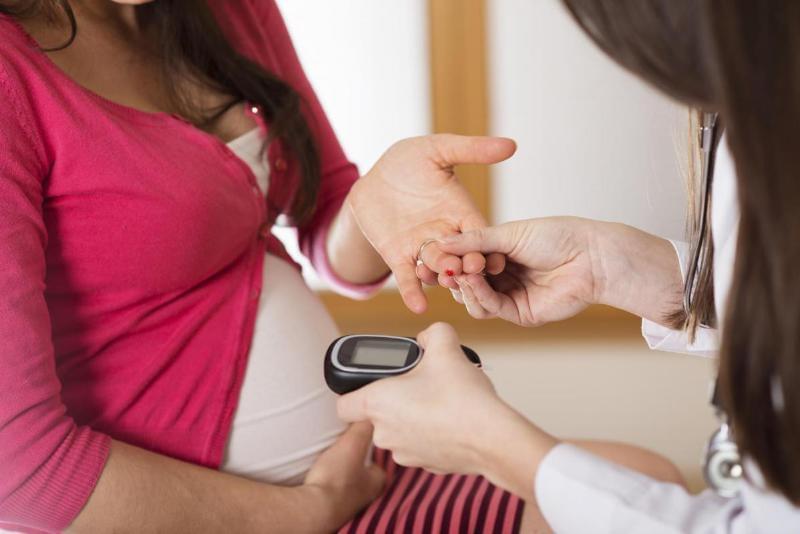
Gestational Diabetes: Detection and Risks
Gestational diabetes, seen in approximately 6% of all pregnancies, can manifest in two ways: pre-existing diabetes before pregnancy or diabetes that develops during pregnancy. Most cases of gestational diabetes fall into the latter category.
To detect gestational diabetes, a glucose screening test is performed between weeks 24 and 28 of pregnancy. However, women at higher risk—such as those diagnosed with diabetes in a previous pregnancy, those who have experienced unexplained pregnancy losses, women over 35 with a higher-than-normal pre-pregnancy weight, those with a first-degree relative with diabetes, those with excessive amniotic fluid during pregnancy, or those who have previously given birth to a baby weighing over 4000 grams—may require testing before the 24th week or repeated testing later in pregnancy. Many pregnant women do not notice the symptoms of diabetes, and the condition is usually identified through medical tests.
The glucose screening test is an internationally recognized procedure, and it is scientifically proven that the 50–75 or 100 grams of glucose administered during the test does not harm the baby. The only risk involved in this test is equivalent to that of a routine blood draw. Health ministries worldwide are working to make this test mandatory for the protection of both maternal and fetal health. Reports suggesting that the test poses risks to mother and baby do not reflect scientific reality.
If the test is not conducted, gestational diabetes may go undetected, resulting in uncontrolled blood sugar levels. This exposes the mother to health issues such as kidney infections and recurrent vaginal yeast infections, as well as the risk of developing diabetic ketoacidosis, a serious complication. The risk of congenital anomalies in babies born to mothers with gestational diabetes is similar to the risk observed in normal pregnancies. However, sudden spikes or drops in blood sugar levels can increase the likelihood of fetal loss. This risk is particularly high in women who neglect treatment or are unaware of their gestational diabetes condition. High blood sugar levels can lead to excessive fetal growth, resulting in birth complications such as trauma during delivery. One of the most common issues is fetal oxygen deprivation. Additionally, babies born to mothers with gestational diabetes may experience hypoglycemia (low blood sugar), calcium deficiency-related seizures, respiratory distress due to underdeveloped lungs, and jaundice.

